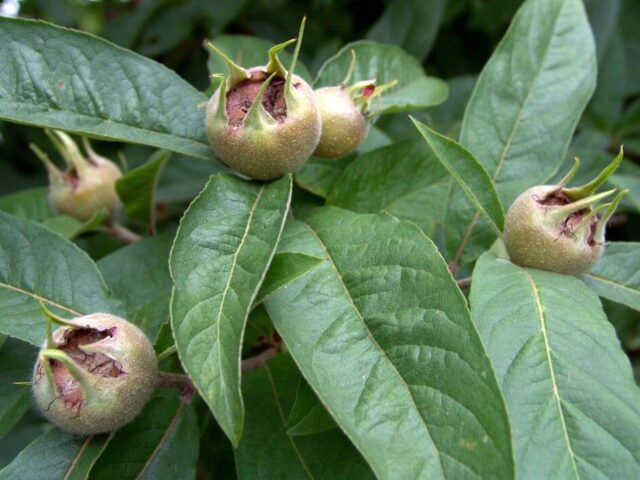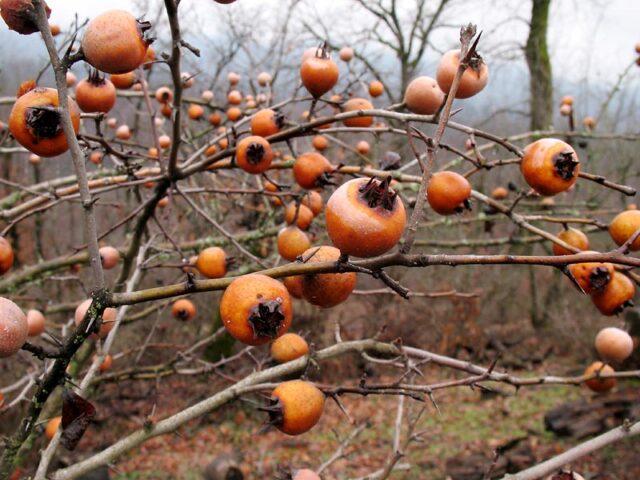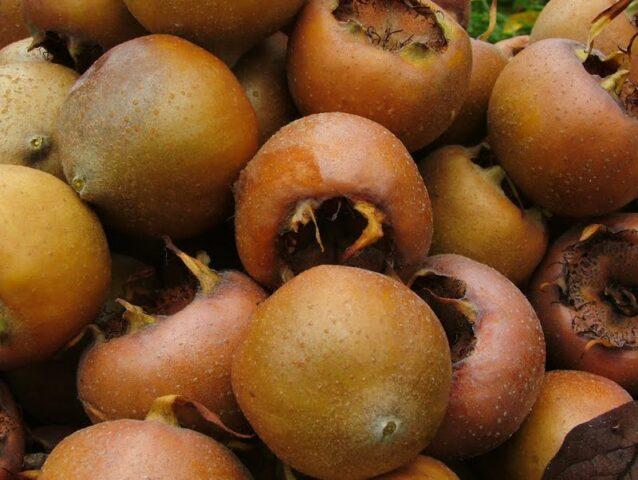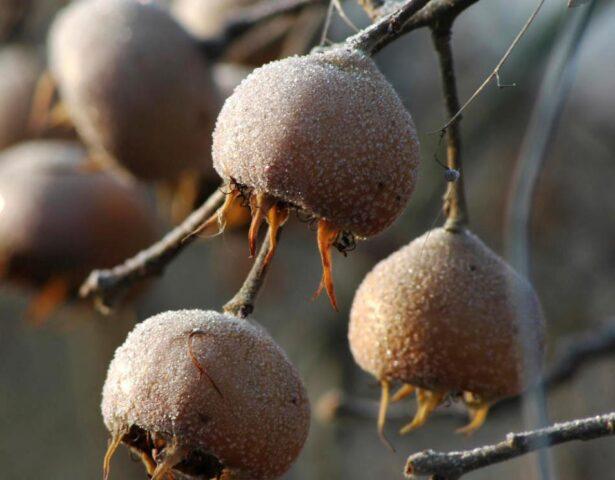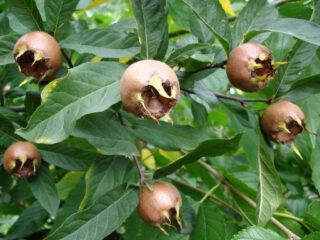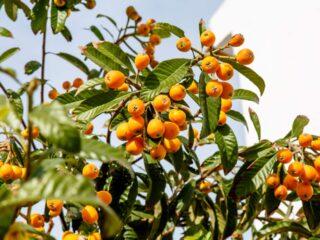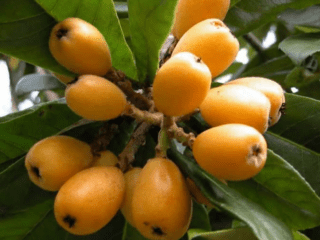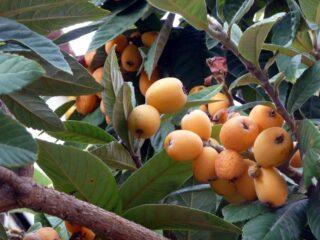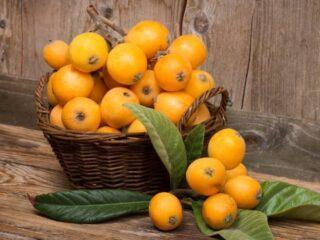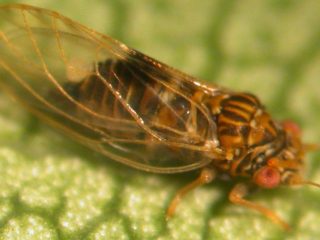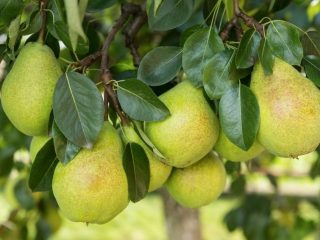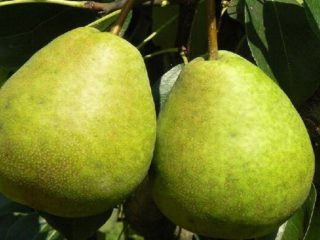Content
Medlar is an exotic crop that grows in countries with a temperate warm climate. It belongs to the Rosaceae genus and is a close relative of pear, apple, quince and hawthorn. However, unlike them, it does not have such increased resistance to harsh weather conditions. But many gardeners note that medlar in the Moscow region can grow fully and produce a generous harvest. To do this, it is necessary to follow the rules of care in accordance with the requirements of the culture.
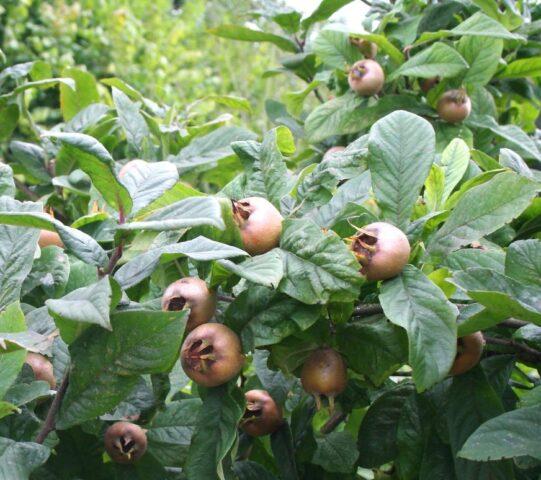
Medlar in one place can grow up to 100 years
Is it possible to grow medlar in the Moscow region?
Medlar has long been considered a purely ornamental plant. And only recently it began to be classified as an edible fruit crop. This increased the interest of gardeners around the world, including the Moscow region. There are other names for the plant, namely loqua, shesek, erobothria.
There are two types of medlar: Japanese and German, which have significant differences from each other.
The first is an evergreen tree, the height of which rarely exceeds 5 m. Japanese medlar is a heat-loving crop that dies at a frost of -5 ° C.The second species is more resistant to adverse weather conditions and is a deciduous tree with a pronounced dormant period. German lokva can withstand frosts down to -30 °C. It is this type of medlar that will grow in the Moscow region, and will also bear fruit regularly, subject to the rules of agricultural technology.
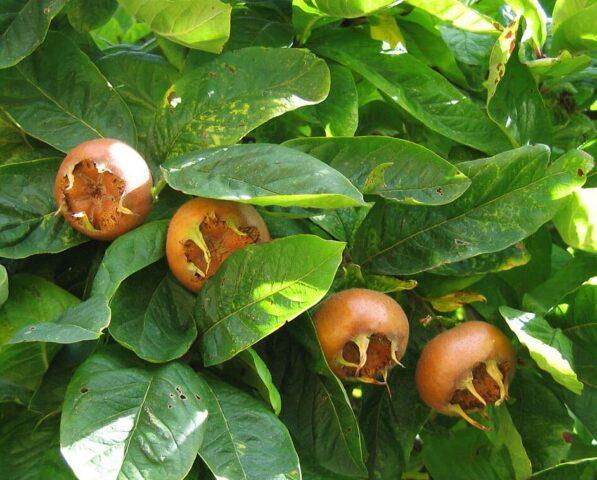
The fruits of the German medlar are similar in appearance to quince
Loquat varieties for growing in the Moscow region
Thanks to selection based on a wild-growing form of the crop, new varieties of German medlar were obtained. They are distinguished by larger fruit size, improved taste characteristics and undemanding growth conditions.
Varieties of German medlar suitable for growing in the Moscow region:
- Sweet Dracheva. Forms a shrub up to 4 m high. The plant loves light. With sufficient lighting, it bears fruit annually, starting from the third year after planting. The yield reaches 20 kg per adult plant. Fruits with a diameter of 3 cm.
The medlar Sladkaya Dracheva winters with obligatory shelter
- Khvamli. The tree reaches a height of 1.8 m, and the diameter of the growth of the reverse pyramidal crown is 1.6 m. The shoots are thickened, brown with pubescence. The fruit is medium-sized, one-dimensional with a short stalk and an open cup. The taste is sweet with a slight tartness and sourness. The variety is productive, with annual fruiting. The fruits become bright yellow when ripe.
It is recommended to harvest Khvamli in late autumn
- Enormous Evreinova.A characteristic feature is large fruits up to 8 cm in diameter, without seeds inside. The plant can be grown as a tree or shrub. Its height varies between 2.5-4 m. The yield of the variety reaches 30 kg. The flowers are white without fragrance.
Huge Evreinova is a late-ripening variety of crop
- Sentesi Rozha. This type of medlar in the Moscow region reaches a height of 2.5 m. It prefers light partial shade and moderate watering. The fruits are medium in size, up to 4 cm in diameter. Inside they contain no more than three seeds. The harvest does not ripen at the same time. It is recommended to eat fruits in October-November.
Medlar Senteshi Rozha is characterized by increased resistance to diseases and pests
How to grow medlar in the Moscow region
To successfully grow loquat in the Moscow region, the plant must be provided with suitable conditions. This culture is considered light-loving, but can withstand light partial shade if necessary. It is recommended to place it in the garden on the south or east side, but the bush must be protected from cold gusts of wind. With a lack of light, medlar intensively increases its green mass to the detriment of fruiting.
The plant shows high productivity when planted in sandy or loamy, well-drained soil with neutral acidity. In this case, it is important that the groundwater level in the area is at least 1 m. Otherwise, after a few years of successful growth, the medlar will die, as the water will wash away the root system.
When growing this crop in the Moscow region, you need to take into account that it, like other representatives of the Rosaceae family, needs cross-pollination. Therefore, to set fruit, it is necessary to plant several seedlings at the same time.
The following can serve as pollinators for medlar:
- apple trees;
- quince;
- pears.
Important! This crop does not tolerate prolonged stagnation of moisture in the soil.
Medlar winters in the Moscow region only with mandatory shelter. Due to the shallow root system of the plant, it is necessary to lay a layer of mulch 10 cm thick at the base of the bush in late autumn. To do this, use peat or humus.
It is also necessary to worry about protecting the aboveground part of the medlar from frost in the conditions of the Moscow region. To do this, you need to make a wooden frame as tall as a plant. In late winter it should be wrapped in several layers of agrofibre.
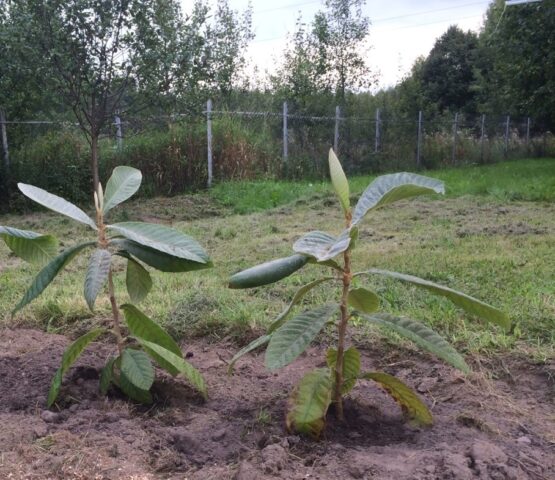
When planted in heavy clay soil, the crop dies
Rules of care
Medlar grows fully in the Moscow region and bears fruit regularly if you follow simple care rules. Ignoring them can not only cause a lack of harvest, but also the death of this exotic crop.
Watering
Medlar needs regular watering during dry periods of the year. To do this, you can use settled water at a temperature of +15-20 °C. Moistening should be carried out along the entire perimeter of the crown, soaking the soil to a depth of 20 cm. It is recommended to water the plant in the evening 1-2 times a week.
Top dressing
Medlar responds well to feeding. It must be fertilized at least three times during the growing season. The first feeding should be carried out in the spring during the active growth of leaves and shoots. During this period, it is recommended to use mullein 1:10 or chicken manure 1:15. In the absence of organic matter, you can use calcium nitrate or urea at the rate of 30 g per bucket of water.
Before flowering and during the formation of the ovary, the tree needs potassium and phosphorus. At this time, wood ash should be used for feeding. It is necessary to pour 200 g of the component into 1 liter of hot water and leave for a day, and then bring the total volume of liquid to 10 liters. Use the solution for root feeding.
An alternative to wood ash can be mineral fertilizers. For root feeding of medlar, you should use superphosphate (40 g) and potassium sulfide (25 g) per 10 liters of water.
Trimming
Medlar, when grown in the Moscow region, needs regular pruning in the spring. It is recommended to remove all broken and damaged shoots, as well as those that thicken the crown.
You should also correct the young growth, since it is on this that the fruits are formed. To rejuvenate the crop, in the first year you should shorten half of the skeletal branches by ¼ of the length, and the next season cut off the rest according to the same principle. This stimulates the growth of young fruit-bearing runners.
Pests and diseases of medlar
German medlar, unlike Japanese, has increased resistance to diseases and pests. But, as some gardeners note, when growing it in the Moscow region, the plant’s immunity decreases. Therefore, it is possible for medlar to be damaged by aphids and scale insects. It is recommended to use Actellik for pest control.
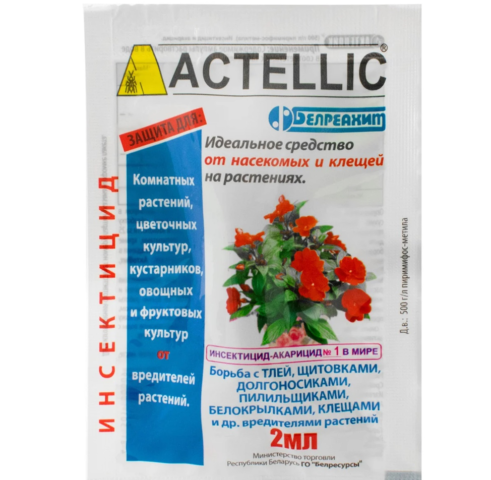
Increased precautions should be taken when using Actellik
In the case of prolonged damp, cool weather, which is not uncommon in the Moscow region, this exotic crop may suffer from brown rust and sooty fungus.To protect the plant, you should spray it with Skor.
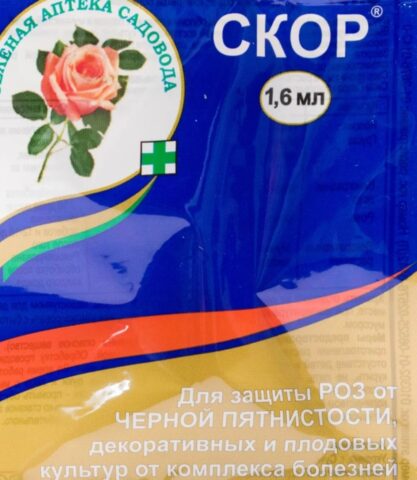
Skor is suitable for prevention and treatment
Loquat propagation
To propagate medlar in the Moscow region, you can use seeds, root shoots, cuttings, and grafting. Each of these methods has its own characteristics, which you should familiarize yourself with in advance.
The seed method makes it possible to obtain many new seedlings, but they do not retain varietal properties. In this case, it is necessary to collect seeds from ripened fruits, dry them, and before planting, soak them in a solution of any root stimulant for 5-7 hours. After this, sow in a container filled with peat, sand and turf in equal quantities. It is recommended to grow seedlings from seeds at home for up to a year. And then in the spring transplant them into open ground.
When using cuttings, you need to take the tops of semi-lignified growth 15-20 cm long. At the bottom, the cuttings must be cut obliquely to increase the rooting area and clear of leaves. Plant in containers at home, and next year transfer to open ground.
You can get seedlings by separating the root shoots of the plant. To do this, in early spring, dig out young seedlings with a shovel along with part of the root and immediately transfer them to a permanent place. During the first season, you need to regularly water the plants and loosen the soil at their base. And also remove growing weeds to preserve nutrients in the soil.
Medlar can also be propagated in the Moscow region by grafting. It is recommended to use quince and hawthorn as a rootstock.
Conclusion
Medlar in the Moscow region is quite capable of fully developing and producing a generous harvest.But for this it is necessary to choose the right variety and provide complete care. And then you will be able to enjoy the pleasant taste of fresh loquat fruits every year, as well as prepare jam, jam, and compotes from them.
